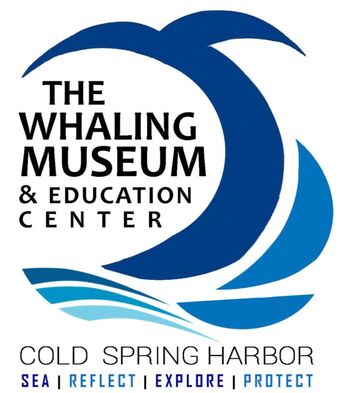VISIT
-
THINGS TO DO
-
HISTORIC WALKING TOURS
-
COLD SPRING HARBOR HISTORY
<
>
Things to Do
|
Village Events and Shopping:
Indoor Things To Do:
Outdoor Things To Do:
|
Walking Tours
COLD SPRING HARBOR HISTORY
Geology & LandscapeGlaciers carved out Cold Spring Harbor 18,000-20,000 years ago, leaving behind large boulders, hills, springs, and a five-mile harbor.
First PurchaseIn 1653, the Matinecock sachem Asharoken agreed to sell land from Oyster Bay to Northport to a group of English settlers in an arrangement called the First Purchase. The document today resides in the Huntington Town archives.
European settlers named the area after the abundance of freshwater springs. The Jones FamilyTwo notable entrepreneurs were Water R. Jones and John H. Jones, great grandsons of Major Jones, who oversaw many business operations in town. One of their biggest notable ventures was launching the Cold Spring Whaling Company.
Whaling TownCold Spring Harbor offers a view as a quintessential 19th century microcosmic whaling village. The whaling era lasted 1836-1862 with a fleet of nine vessels. The museum's exhibits and collections document this development.
Resort TownSteamers visiting from New York City in the 1880's brought day-trippers looking for a bucolic picnic setting, a Victorian-age custom. Three fashionable hotels arose: the Glenada, Forest Lawn, and Laurelton Hall.
The Cold Spring Harbor Fish Hatchery was founded in 1883 and the Cold Spring Harbor Laboratory in 1890. |
Indigenous peopleThe area was originally known as "Wawapex," or "at the good little water place." Cold Spring River was first known as nachaquetack, or Oyster River. The spring-fed stream located near current-day Spring Street just behind Main Street was once the site of a flourishing Matinecock village.
Unfortunately, little evidence of pre-European settlement survives today. Bone tools, arrowheads, and pottery shards have been found, some of which are in the museum's collection. Mill Town & Early TradesMills have an early history in Cold Spring Harbor, which were pivotal in helping the town grow economically. A gristmill and sawmill were built by a 1682 across the Cold Spring River. A woolen mill followed in 1700, with additional woolen mills later on, and a paper mill in 1782. The first school was built in 1790.
Local shipyards, brickyards, and blacksmith shops were born. Farms grew wheat, hay, corn, and other crops, and sheep pastured on fields. 500 residents lived in "downtown" Cold Spring Harbor by 1850. More ResourcesThe museum's store sells the following publications, among others, which explore local history:
|








